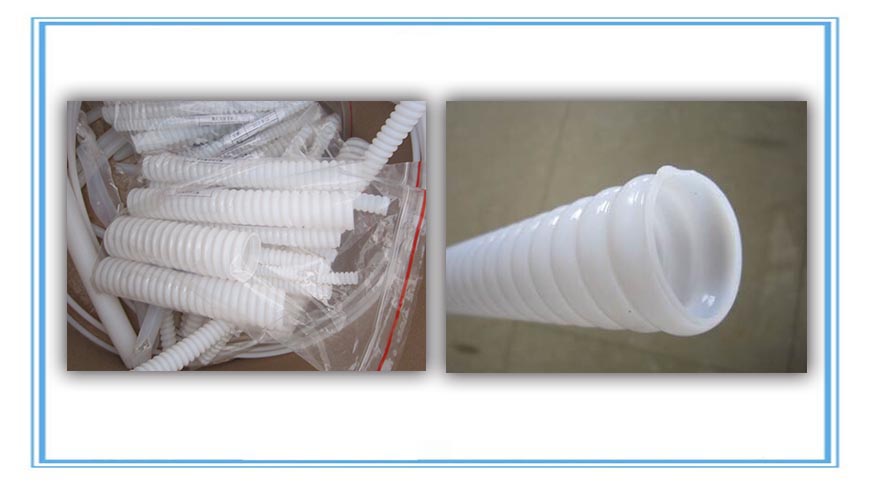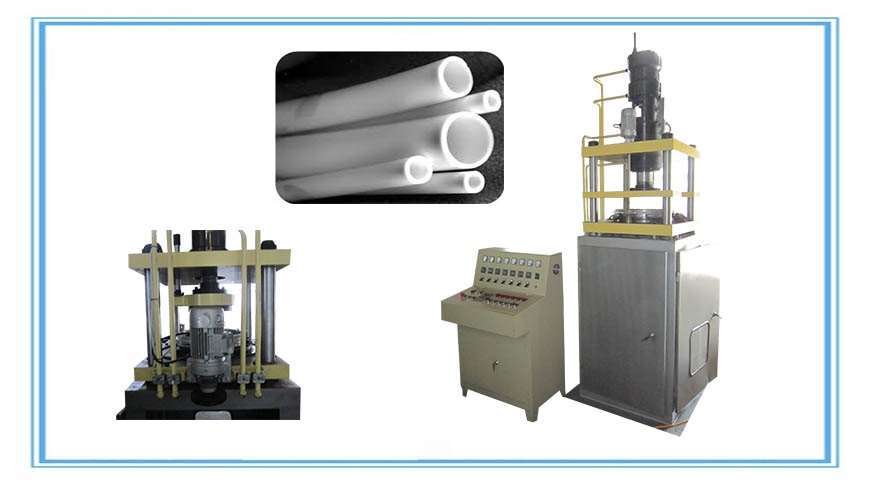Engineering plastics are a group of plastic materials that have better mechanical and/or thermal properties than the more widely used commodity plastics (such as polystyrene, PVC, polypropylene and polyethylene).
Being more expensive, engineering plastics are produced in lower quantities and tend to be used for smaller objects or low-volume applications (such as mechanical parts), rather than for bulk and high-volume ends (like containers and packaging).
The term usually refers to thermoplastic materials rather than thermosetting ones. Examples of engineering plastics include acrylonitrile butadiene styrene (ABS), used for car bumpers, dashboard trim and Lego bricks; polycarbonates, used in motorcycle helmets; and polyamides (nylons), used for skis and ski boots.
Engineering plastics have gradually replaced traditional engineering materials such as wood or metal in many applications. Besides equalling or surpassing them in weight/strength and other properties, engineering plastics are much easier to manufacture, especially in complicated shapes.
Each engineering plastic usually has a unique combination of properties that may make it the material of choice for some application. For example, polycarbonates are highly resistant to impact, while polyamides are highly resistant to abrasion. Other properties exhibited by various grades of engineering plastics include heat resistance, mechanical strength, rigidity, chemical stability, self lubrication (specially used in manufacturing of gears & skids) and fire safety.
List of engineering plastics:
Acrylonitrile butadiene styrene (ABS);Nylon 6;Nylon 6-6;Polyamides (PA);Polybutylene terephthalate (PBT);Polycarbonates (PC);Polyetheretherketone (PEEK);Polyetherketone (PEK);Polyethylene terephthalate (PET);Polyimides;Polyoxymethylene plastic (POM / Acetal);Polyphenylene sulfide (PPS);Polyphenylene oxide (PPO);Polysulphone (PSU);Polytetrafluoroethylene (PTFE / Teflon).





Great paintings! This is the kind of information that are meant to be shared around the internet. Shame on the search engines for now not positioning this submit upper! Come on over and consult with my web site . Thanks =)